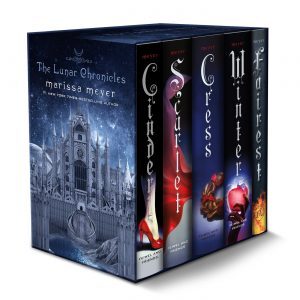
by Samantha Baird, Dramaturg

For centuries before the written record, people told stories, and retold them, and retold them again. While the moral of the story or general themes often stayed the same, there were bits and pieces lost or changed through history to fit the time period or the culture in which the story was being told. However, after the invention of the printing press, it became easier to write these stories down and publish them for a wider audience to enjoy and experience the same version of the story. But even with publication, there were different translations. Since that time, storytelling has neither ceased nor slowed down.

What once was accidental, now is intentional in the way of changing traditional fairy and folk tales. Today we have fairy tales like The Lunar Chronicles by Marissa Meyer, Twisted Tales by Liz Braswell, and (Fairly) True Tales by Liesl Shurtliff. These retellings are meant for different audiences whether that be in age, gender, or something else, but that doesn’t change the fact that all of these books are beloved fairy tales retold in a new way. The question now, after recognizing that there are many retellings of classic tales, is why? Why these stories again and again? Why now? Why are they being told in these new ways?

After speaking with Liesl Shurtliff, her “why” is, “to tell a story that would be more on the level of kids today and how they, how I, and how a lot of people view the world…These stories still capture our fancy and attention, and the purpose of a retelling is to take something that’s familiar, and really resonates with that, but then make it new and meaningful in a way that makes sense today.” The beauty of retelling stories is the ability to make it your own, to find a fairy tale that holds a lot of meaning for you and to tell the world why it should matter to them, too.
By Guest Admin


